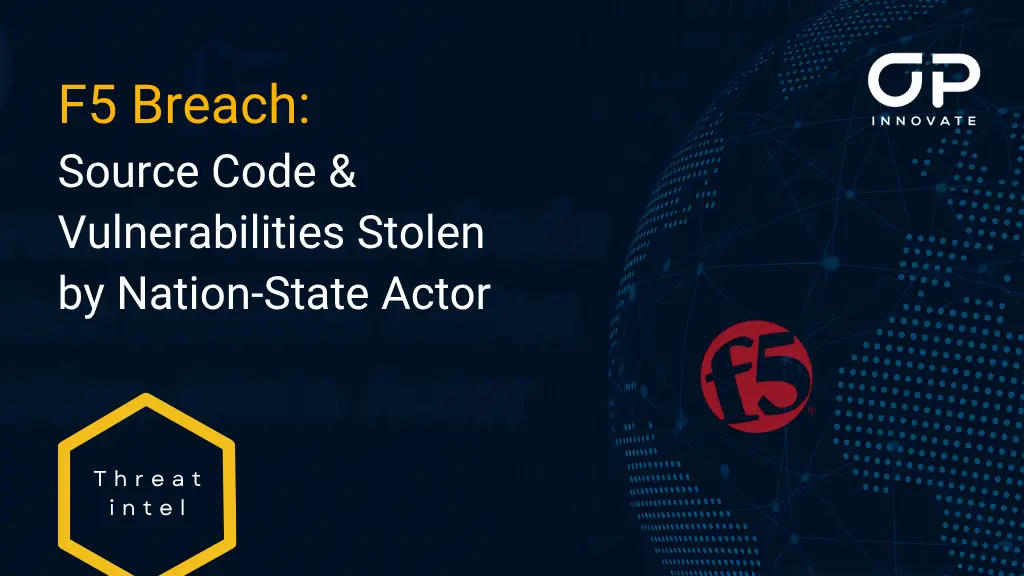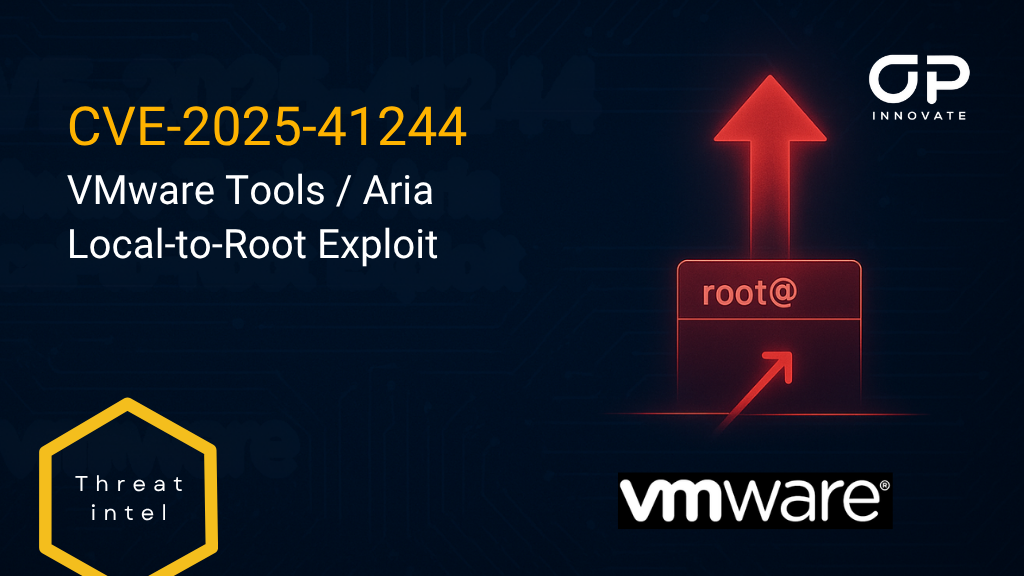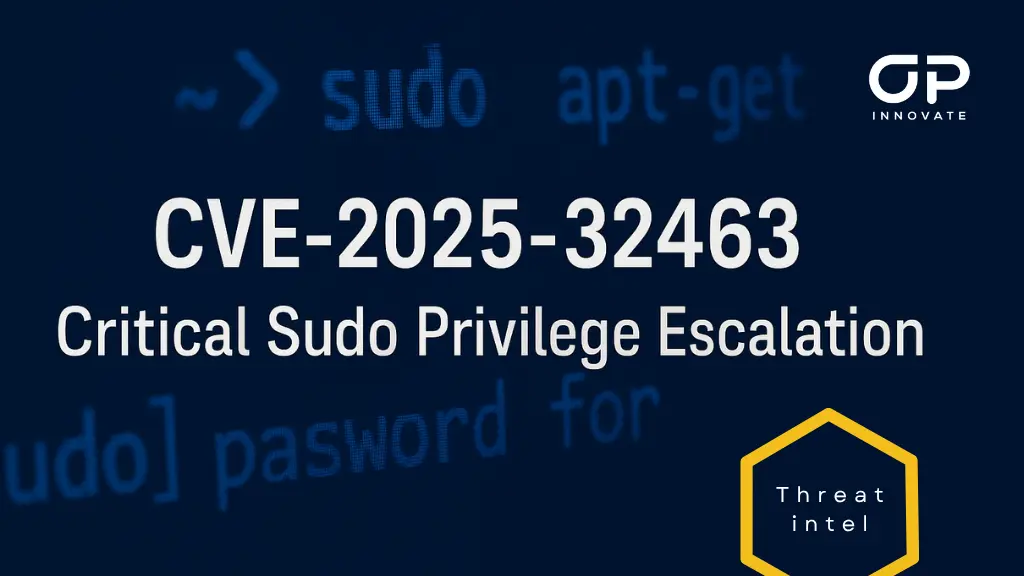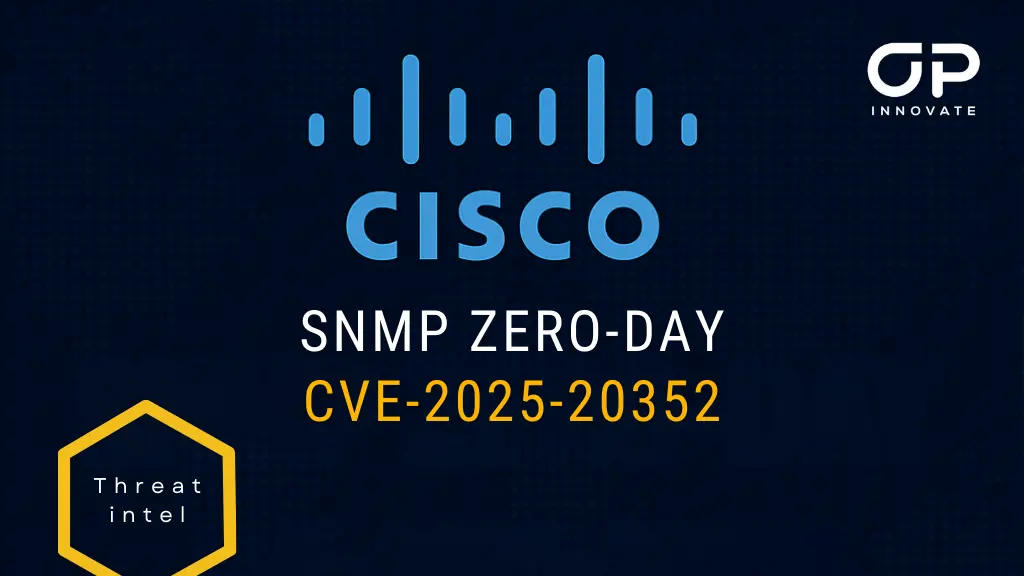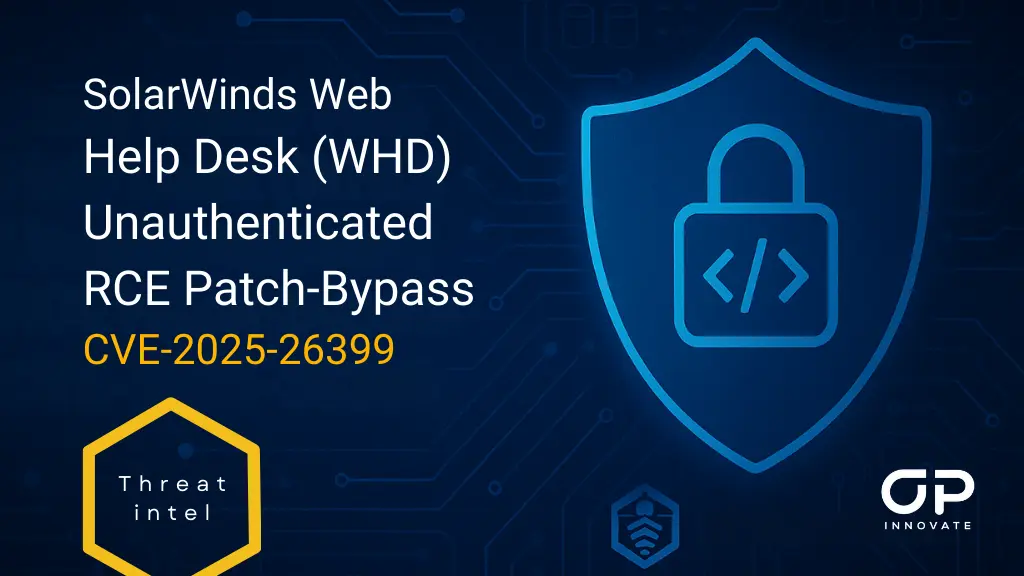Table of Contents
The cybersecurity world is facing a new challenge with the rise of SysJoker, a complex multi-platform backdoor malware. Its evolution to a Rust-based variant and potential links to geopolitical conflicts highlight the dynamic and ever-changing nature of modern cyber threats.
Origins and Evolution of SysJoker:
- Initial Discovery: Discovered by Intezer in 2021, SysJoker was first introduced as a backdoor malware affecting major operating systems. Initially coded in C++, it was notorious for its ability to persist undetected and employ various evasion techniques.
- Transition to Rust: In 2023, SysJoker underwent a significant overhaul, being completely rewritten in Rust. This strategic change not only increased its complexity and adaptability but also enhanced its ability to evade standard detection methods, making it a more formidable threat in the cybersecurity landscape.
Unveiling the Rust-Based Variant of SysJoker Malware
This new iteration represents a significant shift in the malware’s development and operational tactics. The transition from its original C++ codebase to Rust marks an evolution in its complexity and highlights the adaptability and resilience of cyber threats in the modern digital era.
Technical Sophistication and Evasion Techniques
The new SysJoker variant exhibits enhanced technical sophistication, primarily in its evasion tactics. The use of Rust, a language known for its memory safety and performance, contributes to the malware’s ability to operate under the radar of conventional detection methods. One of the standout features of this variant is the implementation of random sleep intervals, a technique designed to disrupt predictable patterns that security software might recognize. Additionally, it employs complex custom encryption, further complicating efforts to analyze and counteract the malware.
Strategic Shifts in Operation and C2
Notably, the latest version of the SysJoker malware shows a strategic shift in functionality. Unlike its predecessors, this variant reduces its emphasis on direct command execution and downloading additional malware components to the infected machine. This change likely aims to enhance stealth, minimizing the malware’s digital footprint and making it harder for security systems to detect and analyze its presence. Moreover, the shift from Google Drive to OneDrive for Command and Control (C2) communications reflects a tactical adaptation, leveraging more secure and less conspicuous cloud services for covert operations.
Impact and Implications
The introduction of this Rust-based SysJoker variant is a stark reminder of the evolving nature of cyber threats. It underscores the necessity for continuous innovation in cybersecurity strategies and the importance of staying ahead of the curve in threat detection and prevention. As threat actors continue to refine their techniques and exploit new technologies, the cybersecurity community must respond with equally advanced and adaptive solutions.
Technical Advancements and Operational Tactics:
- Evasion and Stealth: The new Rust variant employs innovative evasion tactics like random sleep intervals, disrupting the regular patterns that security software might detect. Additionally, it uses complex custom encryption, enhancing its ability to protect its code from analysis and detection.
- Strategic Functional Shifts: The latest variant of SysJoker backdoor shows a reduced emphasis on direct command execution and malware downloading. This shift likely aims to enhance the malware’s stealth capabilities, making it harder to detect and analyze.
- Communication Shift to OneDrive: Shifting from Google Drive to OneDrive for C2 (Command and Control) URLs indicates an adaptation to more secure and less conspicuous cloud services. This change allows the malware to dynamically control its operations and communicate more covertly with its operators.
Geopolitical Implications: The Cyber War Between Hamas and Israel:
- Hamas Cyber Operations Link: The association of SysJoker with ‘Operation Electric Powder’ and its use in targeting Israeli entities sheds light on the increasing use of cyber-attacks in geopolitical conflicts. This points to Hamas using cyber tools as part of its broader conflict strategy against Israel.
- Operational Similarities and Tactics: The continuity in techniques such as specific PowerShell commands, data collection methods, and the use of API-themed URLs aligns SysJoker with previous cyber-attacks attributed to Hamas. This consistency suggests an ongoing strategy and possibly the same threat actors behind these operations.
The Impact on Israel:
- Targeted Cyber Attacks: Israel’s advanced technological landscape makes it vulnerable to sophisticated cyber-attacks like those executed by SysJoker. The malware’s capabilities pose a significant threat to national security and critical infrastructure like the Israel electric company.
- National Security Implications: Beyond causing data breaches, these attacks could have far-reaching consequences on national security, infrastructure integrity, and the nation’s economic stability.
Broader Geopolitical Context:
- Cyber Warfare in International Conflicts: The deployment of cyber tools by entities like Hamas in international conflicts underscores a shift in warfare tactics, where digital threats are as significant as traditional military engagements.
- International Response and Cooperation: Addressing the global nature of such cyber threats requires international cooperation and collective cybersecurity strategies, underlining the need for a unified approach to counter these challenges.
Additional Variants and Their Complexities:
- Further Variants: The discovery of more complex variants like ‘DMADevice’ and ‘AppMessagingRegistrar’ signals an escalation in SysJoker’s technical sophistication. These variants demonstrate advanced operational capabilities, likely indicating an ongoing development and diversification of the malware’s arsenal.
Key Differences of the variants
Comparing the new Rust-based variant with the previous versions of SysJoker malware reveals significant developments in terms of sophistication, functionality, and potential threat level. Here is a detailed comparison:
| Aspect | New SysJoker Variant (Rust Based) | Original SysJoker (C++ Based) |
| Programming Language: | The new variant is written in Rust, a language known for its memory safety and performance. This choice likely reflects a strategic decision to enhance security and efficiency. | The original versions were primarily written in C++, a powerful and commonly used programming language. |
| Operational Tactics: | The Rust-based variant shows a significant shift in functionality. It has reduced emphasis on direct command execution and downloading additional malware components. | These versions were known for their stealthy operation, employing various evasion techniques to remain undetected. |
| Functionality: | This variant is more focused on stealth and evasion. While it retains backdoor capabilities, the reduction in direct command execution suggests a move towards more covert operations. | The C++ versions were capable of direct command execution and downloading additional malware components, making them versatile tools for cyber-espionage and data exfiltration. |
| Detection Evasion: | The Rust variant employs more advanced evasion tactics, such as random sleep intervals and complex custom encryption. These methods significantly enhance its ability to operate undetected. | While stealthy, the evasion techniques used by these variants were relatively standard for malware at the time and could potentially be detected by advanced security solutions. |
| Target Systems: | Like its predecessors, this variant also targets major operating systems, but with potentially improved efficiency and effectiveness due to the advantages offered by Rust. | They were designed to target major operating systems, demonstrating a high degree of adaptability to different environments. |
| Geopolitical Use: | The new variant’s potential links to geopolitical conflicts and specific cyber-espionage campaigns suggest a more targeted use, possibly reflecting the evolving nature of cyber warfare. |
The key differences in attack mechanisms:
| Aspect | New SysJoker Variant (Rust Based) | Original SysJoker (C++ Based) |
| Infiltration and Initial Compromise | Potentially exploits zero-day vulnerabilities or highly customized phishing attacks. | Likely used traditional phishing and known vulnerabilities for access. |
| Execution and Payload Delivery | More focused on stealthy operation, using system tools for actions to reduce detectability. | Direct command execution and downloading additional components. |
| Persistence Mechanisms | Advanced persistence using less detectable methods like WMI or sophisticated task scheduling. | Standard techniques like registry modifications or startup folder manipulation. |
| Data Exfiltration and Espionage | Uses encrypted channels and sophisticated methods to blend exfiltration traffic with normal network activity. | Capable of collecting and sending back sensitive data, possibly via detectable methods. |
| Evasion Techniques | Custom encryption algorithms, fileless execution, and random communication patterns for enhanced evasion. | Standard evasion techniques of the time like polymorphism or basic encryption. |
| Advanced Infiltration Tactics | Uses advanced, targeted infiltration tactics possibly exploiting cutting-edge vulnerabilities. | Conventional methods, less sophisticated compared to the Rust variant. |
| Stealthy Execution | High emphasis on stealth and evasion, using system processes for low detectability. | Less emphasis on stealth, potentially more detectable. |
| Enhanced Persistence | More sophisticated, employing methods that are less likely to be detected. | Effective but possibly more prone to detection. |
| Covert Data Exfiltration | Highly covert and sophisticated, using encryption and blending methods to avoid detection. | Effective but potentially more straightforward and detectable methods of data exfiltration. |
| Advanced Evasion Techniques | Highly advanced evasion techniques, making detection significantly more challenging. | Relatively advanced for its time but less sophisticated than the Rust variant. |
| Payload Execution and Spread | Highly efficient in execution and spreading, leveraging the performance advantages of Rust. | Effective but potentially less efficient and more detectable in spreading. |
| Use of Cloud Services | Utilizes cloud services like OneDrive for C2 communications, adding a layer of stealth and complexity. | Traditional C2 communication methods. |
Recommendations for Detection and Mitigating of the new SysJoker Variant:
- Enhanced Detection Techniques: Implementing advanced threat detection systems capable of identifying sophisticated threats like SysJoker is crucial. Such systems should be equipped to spot unusual system behaviors and network traffic anomalies.
- Regular Security Audits and Updates: Continuous monitoring and timely updating of IT infrastructure are essential to minimize vulnerabilities that could be exploited by malware like SysJoker.
- Employee Awareness and Training: Educating employees on cybersecurity best practices is a key defense strategy, as human error often leads to successful cyber-attacks.
- Implementing Advanced Encryption: Employing robust encryption methods for sensitive data is a critical measure to safeguard against data breaches, especially those caused by backdoor malware like SysJoker.
Future Outlook:
- Rise of Sophisticated Malware: Expect continued evolution in malware sophistication, with more threats like SysJoker using advanced programming languages and evasion techniques.
- Language-Agnostic Malware Development: The trend towards language-agnostic malware development, as seen in SysJoker’s transition to Rust, is likely to continue. Malware developers may increasingly use various programming languages to evade detection and enhance malware performance.
- AI and Machine Learning in Cyber Threats: Anticipate increased use of AI and machine learning by cybercriminals for developing malware that can adapt, learn from attempts to detect it, and become more effective at evading traditional security measures.
- Cloud Services as Attack Vectors: With SysJoker utilizing cloud services for command and control operations, there’s an expected increase in cyber threats exploiting cloud platforms, necessitating more robust cloud security measures.
- Geo-politically Motivated Cyber Attacks: Cyber-espionage and state-sponsored attacks are likely to escalate, with malware being used as tools in geopolitical conflicts, as indicated by SysJoker’s suspected links to state-affiliated groups.
- Increased Targeting of IoT and Smart Devices: As the number of connected devices grows, expect a rise in attacks targeting IoT devices, which could be used as entry points into networks or for large-scale distributed denial-of-service (DDoS) attacks.
Calls to Action:
- Continuous Penetration Testing: Identify Vulnerabilities and reveal risk exposures in your application with automated and manual penetration testing. Penetration tests like those done in OP Innovate are specifically tailored for your application, ensuring maximum effectiveness without disrupting your operations.
- Enhanced Detection and Response Strategies: Organizations should invest in advanced threat detection systems that can identify sophisticated threats like SysJoker. Emphasizing proactive threat hunting and incident response planning is crucial.
- Regular Security Audits and Infrastructure Updates: Continuously monitor and update IT infrastructure to minimize vulnerabilities. This includes patch management and staying updated with the latest security patches.
- Employee Training and Awareness: Educate employees about cybersecurity best practices. Human error often leads to successful cyber-attacks, so raising awareness is a key defense strategy.
- Implementing Advanced Encryption: Use robust encryption methods to protect sensitive data, reducing the risk of data breaches caused by backdoor malware.
- International Cooperation and Policy Development: Encourage international collaboration in cybersecurity efforts. Developing comprehensive policies and frameworks to tackle cyber threats at a global level is imperative.
- Research and Development in Cybersecurity: Invest in research to stay ahead of emerging cyber threats. This includes exploring new security technologies and methodologies to counter advanced malware.
Conclusion:
The emergence and development of SysJoker, especially its transition to a Rust-based variant, not only exemplifies the technological advancements in malware design but also underscores the dynamic nature of cyber threats that organizations and individuals face today.
SysJoker’s journey from a C++ coded malware to a more sophisticated Rust-based variant reveals the relentless pace of innovation in the cyber threat arena. This evolution highlights the critical need for adaptive and forward-thinking cybersecurity strategies. The ability of SysJoker to operate across different platforms, including Linux, macOS and Windows, and its potential use in geopolitical conflicts illustrate how cyber threats are becoming more intricate and intertwined with global security issues.
The shift in SysJoker’s operational tactics, such as enhanced evasion techniques, helping it masquerade as legitimate software, and the use of cloud services for command and control operations, serves as a stark reminder of the need for continuous vigilance and updated security measures. It’s a call to action for organizations and cybersecurity professionals to enhance detection capabilities, regularly update security protocols, and educate users about emerging threats.
Furthermore, the geopolitical implications of SysJoker, particularly its suspected use in targeting specific nations, highlight the role of cyber tools in modern warfare and espionage. This aspect demands a collaborative approach to cybersecurity, where information sharing and international cooperation become vital in combating such threats.




